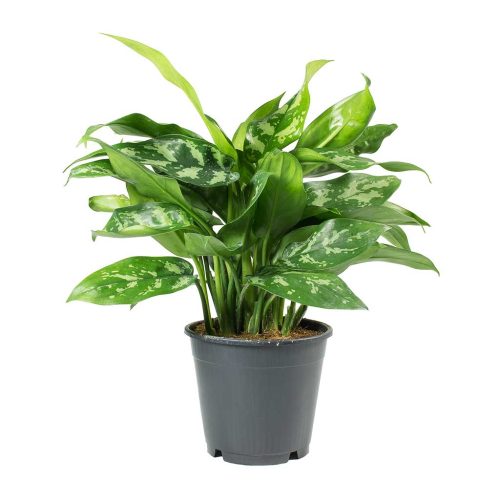
Aglaonema Maria - Chinese Evergreen
2,750.00 LKR Original price was: 2,750.00 LKR.2,200.00 LKRCurrent price is: 2,200.00 LKR.
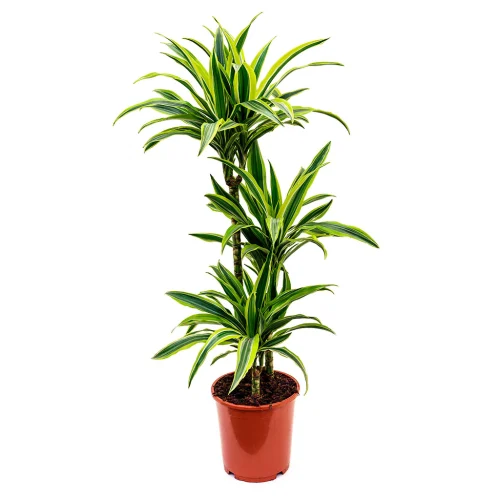
Corn Plant / Indoor plant(Dracaena)
5,950.00 LKR
Chrysalidocarpus lutescens – Areca Palm
5,950.00 LKR
- Common Names – Areca palm, bamboo palm, golden cane palm, yellow palmBotanical Name . Dypsis lutescens (formerly Chrysalidocarpus lutescens)
- Height – 30cm – 60cm (This plant size is between mention size)
- Note – Plant may not look like on the picture but will make sure you will have good quality plant. ( You can request for your ordered plant pitcher before deliver)
- What Include – Plant & Soil with Plastic pot
- Delivery – Plant only Deliver on within Colombo & Suburb (we don’t deliver the plant by courier, we will deliver i n person with our delivery team
- Family – Arecaceae
- Plant Type – Palm or cycad
- Mature Size – 12-30 feet tall outdoors with a crown spread of 10-20 feet; 8 feet tall indoors
- Sun Exposure – Full to partial sun
- Soil Type – Moist, well-draine
- Soil pH – Acidic, neutral
- Bloom Time – Summer
- Flower Color – Pale yellow
- Native Area – Madagascar
Categories: Garden, Indoor Plants, Out Door Plants, Outdoor & Garden, Plants
Description
Areca Palm Care
There are about 2,600 species of palm trees spread over 181 genera within the Arecaceae family of plants. Most are tropical or subtropical in origin, native to spots like South America, Asia, and the Caribbean. Most palms can be distinguished by their large, compound, evergreen leaves (known as fronds) that are arranged at the top of an unbranched stem.
In addition to their role as landscape trees in warmer climates, palm trees can be distinctive and wonderful indoor plants. Mature palms often adorn public spaces and foyers, adding an elegant and distinctly tropical air to the decor. At the same time, very small, immature palms can be used as a pop of greenery in homes.
It is tempting to think of palm trees as purely tropical plants—give them plenty of sunlight and water and they will be just fine. However, there are also desert varieties that will drown from too much water and still other varieties that cannot thrive without fertilizer. Careful research on the particular species of palm you end up choosing is essential to growing it successfully. As a general rule of thumb, most palms can be planted in the early spring and will grow slowly, often adding less than 10 inches of height a year.
.
Palm Tree Care
Palms are a group of plants that includes thousands of species from various biomes all over the world, and each has its own diverse needs. There are tropical, subtropical, and desert species, as well as palms that grow in cold-weather climates like Alaska. Some are understory plants that prefer shade and a moist, dark environment, while others love heat and sunshine. A good rule of thumb, if you want healthy palms, is to make sure you feed them frequently—whether you’re growing them indoors or outdoors.
How to best display your palm depends on its specific size and growth habit. Many are perfect indoors as corner-specimen plants or foyer plants. Likewise, palms do very well in groups with smaller potted plants clustered at their base. Wherever you locate your palm, try to avoid placing it somewhere that experiences a lot of traffic brushing against or pulling on the fronds, as this will weaken (and possibly kill) the plant.
Keep in mind, your palm will likely not flower indoors, either. Many of the common species won’t live long enough to flower or reach a mature size when kept as houseplants. Remember, some of these are full-fledged trees in the wild, so the lack of flowers is more than offset by the majestic spread of the plant.
If you take good care of your palm, there is a possibility that fronds could be brushing against your ceiling after a few years. Unfortunately, you can never top-trim a palm tree, as all palms grow from a central tip. If you remove the growing tip, the plant will die.1 So if you have a nearly-mature palm bursting from your house, congratulations—the next step is to seek a nearby hotel or office building looking for a wonderful interior plant.
Light
One of the reasons areca palm tree is such common houseplants is that they can easily adapt to low-light conditions. Most palms are tolerant of (or prefer) shade and may fail to thrive if they receive too much direct sunlight. Low-light palm species prefer bright indirect light but also can tolerate less light, especially during the winter months.
Soil
The best soil for palm plants is a loose, porous mixture, like a combination of peat moss, leaf mold, and shredded bark. You can buy a cactus or palm soil mixture specifically made for growing palm plants—otherwise, they will grow just fine in a general-purpose commercial potting soil. If you’re someone who tends to forget to water your plants, mix some peat moss or vermiculite into the general-purpose potting soil to help retain moisture.
Water
Good drainage is essential for healthy plants. Just because palms live in warm (sometimes tropical) regions does not mean they enjoy being waterlogged. In fact, many palms grow best in slightly sandy soils with ample drainage. Never let a palm’s root ball sit in water and allow the plant’s soil to dry out in-between waterings. You can also choose to plant your palm in a vessel made from terracotta or clay to help wick excess moisture from the soil.
Temperature and Humidity
Few palms will thrive in truly cold temperatures, and some, like the coconut palm, cannot tolerate any cold at all. Cold-hardy palms include the parlor and kentia palm, which explains why these are among the most popular indoor palms. As a general rule of thumb, palms prefer temperatures no lower than 50 degrees Fahrenheit.
Fertilizer
Feed your palm regularly during its growing season. If possible, choose a palm fertilizer, which contains all the required micronutrients for a healthy plant, as well as extra potassium and manganese. Potassium deficiency is especially common in palms and can result in yellowing or brownish fronds.2 If you notice your plant turning, it may be time to increase your feeding
Additional information
| Weight | 5 kg |
|---|---|
| Dimensions | 50 × 50 × 120 cm |
| SIZE |
LARGE 36''-48'' ,MEDIUM 24''- 30'' |
Reviews (0)
Be the first to review “Chrysalidocarpus lutescens – Areca Palm” Cancel reply
Shipping & Delivery


MAECENAS IACULIS
Vestibulum curae torquent diam diam commodo parturient penatibus nunc dui adipiscing convallis bulum parturient suspendisse parturient a.Parturient in parturient scelerisque nibh lectus quam a natoque adipiscing a vestibulum hendrerit et pharetra fames nunc natoque dui.
ADIPISCING CONVALLIS BULUM
- Vestibulum penatibus nunc dui adipiscing convallis bulum parturient suspendisse.
- Abitur parturient praesent lectus quam a natoque adipiscing a vestibulum hendre.
- Diam parturient dictumst parturient scelerisque nibh lectus.
Scelerisque adipiscing bibendum sem vestibulum et in a a a purus lectus faucibus lobortis tincidunt purus lectus nisl class eros.Condimentum a et ullamcorper dictumst mus et tristique elementum nam inceptos hac parturient scelerisque vestibulum amet elit ut volutpat.
Related products
2 Piece Cylinder Gold Colour Round Plant Stand
2 Piece Grey Arch Round Plant Stand
6 TIER METAL PLANT STAND BLOSSOM
27,500.00 LKR – 28,500.00 LKRPrice range: 27,500.00 LKR through 28,500.00 LKR
- Type: Metal Plant Stand
- Material: Base – Metal
- Colour: Gold,Black
- Number of Items Included:1
- Outdoor Use: No
- Care Instructions: Wipe with dry cloth
- Assembly Required: No
- Model number –gold- (PS104) / Black- (ps105)
- Size – 8”x 29”
Select options
This product has multiple variants. The options may be chosen on the product page
Cardinal Plant black (Philodendron erubescens)
- Common Name - Black Cardinal Plant (Philodendron erubescens) Botanical Name - Philodendron erubescens
- Height – 30cm – 40cm (This plant size is between mention size)
- Note – Plant may not look like on the picture but will make sure you will have good quality plant. ( You can request for your ordered plant pitcher before deliver)
- What Include – Plant Medium Bush & Soil with Plastic pot
- Delivery – Plant only Deliver on within Colombo & Suburb (we don’t deliver the plant by courier, we will deliver i n person with our delivery teamFamily - Araceae
- Plant Type - Perennial
- Mature Size - 2-60 ft. long, 16 in. wide
- Sun Exposure - Partial
- Soil Type - Well-drained, loamy
- Soil pH -Neutral, acidic
- Bloom Time - Spring, summer
- Flower Color - Red
- Native Area - Central America, South America
Corn Plant / Indoor plant(Dracaena)
5,950.00 LKR
Product Details
- Common Names - Corn plant, dracaena, false palm
- Botanical Name - Dracaena fragrans
- Height – 30cm – 60cm (This plant size is between mention size)
- Note – Plant may not look like on the picture but will make sure you will have good quality plant. ( You can request for your ordered plant pitcher before deliver)
- What Include – Plant with 2/3 Stems & Soil with Plastic pot
- Delivery – Plant only Deliver on within Colombo & Suburb (we don’t deliver the plant by courier, we will deliver i n person with our delivery team)
- Family - Asparagaceae
- Plant Type - Broadleaf, evergreen, shrub/tree
- Mature Size - 15–50 ft. tall, 3–10 ft. wide outdoors; container-grown plants can grow up to 6 ft. tall
- Sun Exposure - Partial
- Soil Type - Moist, well-draining, loamy
- Soil - pH 6.1 to 6.5 (Acidic)
- Bloom Time - Late fall and then again in late spring; nighttime bloomer
- Flower Color - White, yellow
- Hardiness Zones - 10–12 (USDA)
- Native Area - Africa (tropics)
Ficus Alii Plant – Ficus Maclellandii
product Details
- Common Name - Ficus Alii
- Height: 24'' - 36 (This plant size is between mention size)
- Note : Plant may not look like on the picture but will make sure you will have good quality plant. ( You can request for your ordered plant pitcher before deliver)
- What Include : Plant & Soil with Plastic pot
- Delivery : Plant only Deliver on within Colombo & Suburb (we don't deliver the plant by courier, we will deliver i n person with our delivery team)
- Origin: Hybrid
- Light: Give Ficus binnendiijkii bright light year-round. It's not as fussy about being moved around as other ficus house plants, but it may drop leaves if suddenly moved into a shady corner or full sun.
- Water: Water soil thoroughly, then allow top 1 in (2.5 cm) to dry out between watering. Use lukewarm water because cold water may cause leaf loss. Avoid using softened water -- it contains salts which can harm ficus plants.
- Humidity: Average room humidity (around 40-50% relative humidity). Take a look at these easy ways to increase humidity for your houseplants.
- Temperature: Average room temperatures 65-75°F/18-24°C.
- Soil: Good-quality potting mix.
- Fertilizer: Feed every other month spring through fall with a balanced liquid fertilizer diluted by half.
Sansevieria – zeylanica – Snake Plant
2,950.00 LKR
Product Detail
- Common - Name Snake plant
- Botanical Name - Sansevieria-zeylanica
- Height - 45cm – 60cm (This plant size is between mention size)
- Note - Plant may not look like on the picture but will make sure you will have good quality plant. ( You can request for your ordered plant pitcher before deliver)
- What Include – Plant ( 8- 12 Leaf) & Soil with Plastic pot
- Delivery - Plant only Deliver on within Colombo & Suburb (we don’t deliver the plant by courier, we will deliver i n person with our delivery team)
- Family - Asparagaceae
- Plant Type - Evergreen, perennial
- Mature Size - Six inches to 3 feet tall
- Sun Exposure - Shade to partial sun
- Soil Type - Sandy, well-drained
- Soil pH - Slightly acidic to slightly alkaline
- Bloom Time - Spring (blooms are rare)
- Flower Color - White
- Native Area - West Africa (tropical)
Swiss Cheese Plant/ indoor, outdoor plant (Monstera adansonii)
2,650.00 LKR
Product Deatils
- Common Name - Swiss cheese plant, Swiss cheese vine, five holes plant
- Botanical Name - Monstera adansonii
- Height – 15cm – 24cm (This plant size is between mention size)
- Note – Plant may not look like on the picture but will make sure you will have good quality plant. ( You can request for your ordered plant pitcher before deliver)
- What Include – Plant & Soil with Plastic pot
- Delivery – Plant only Deliver on within Colombo & Suburb (we don’t deliver the plant by courier, we will deliver i n person with our delivery team)
- Family - Araceae
- Plant Type - Perennial
- Mature Size - 10–13 ft. tall (outdoors), 3–8 ft. tall (indoors), 1–3 ft. wide
- Sun Exposure - Partial
- Soil Type - Moist, well-drained
- Soil pH - Acidic, neutral
- Bloom Time - Spring (does not bloom indoors)
- Flower - Color White
- Native Area - Central America, South America


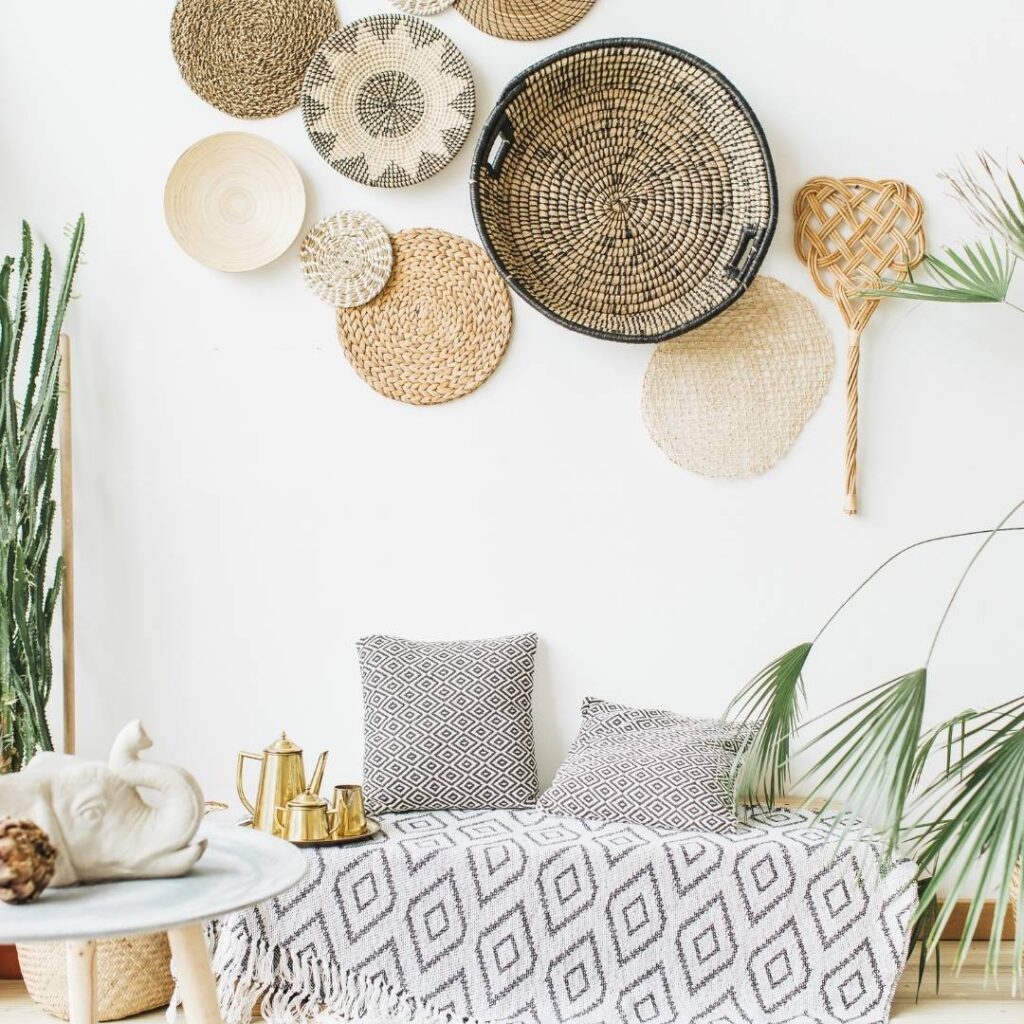
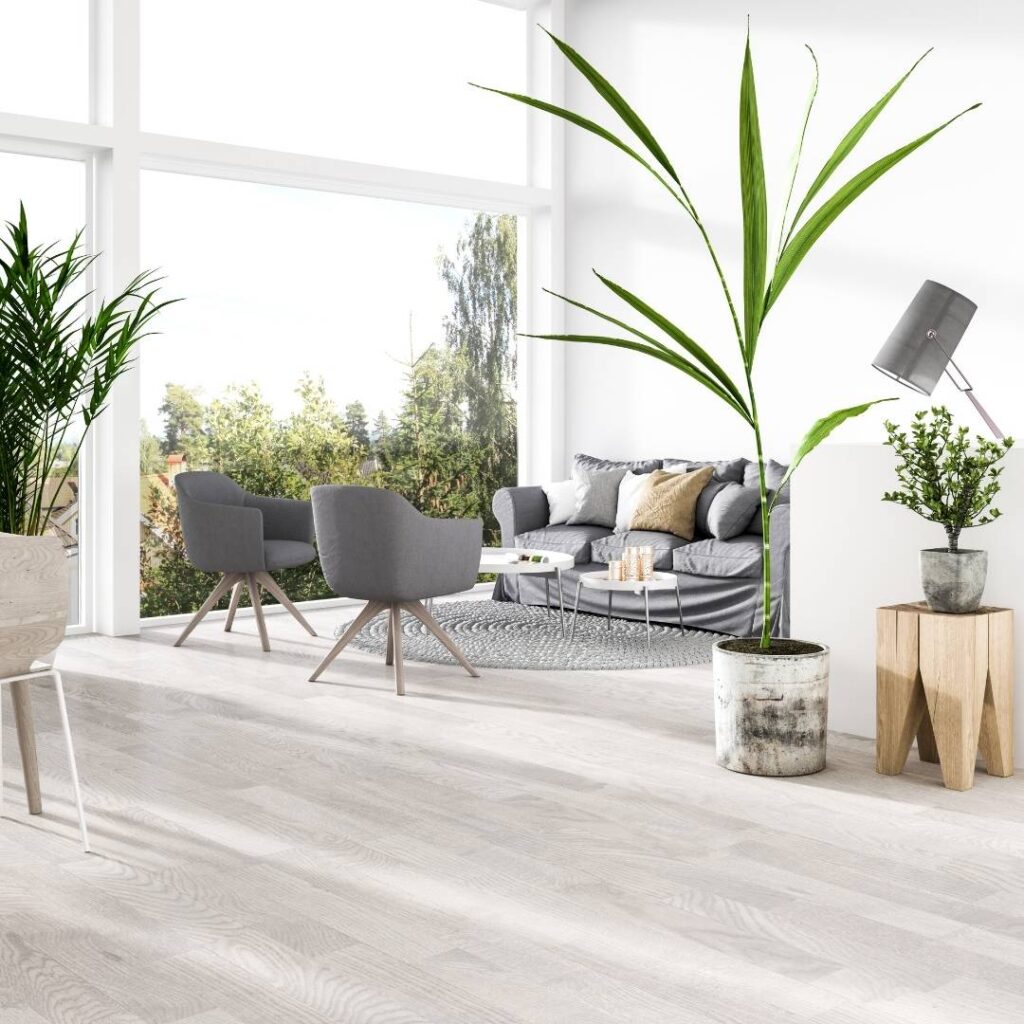

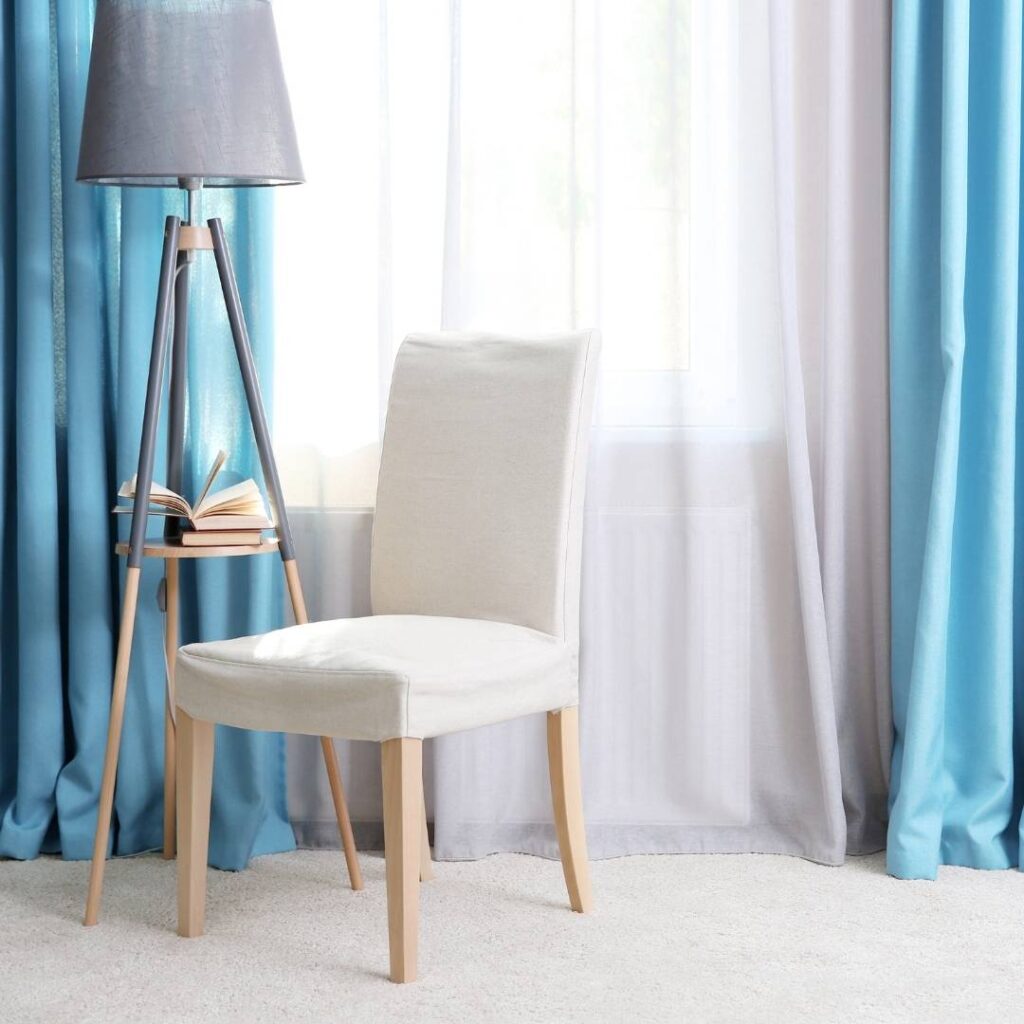
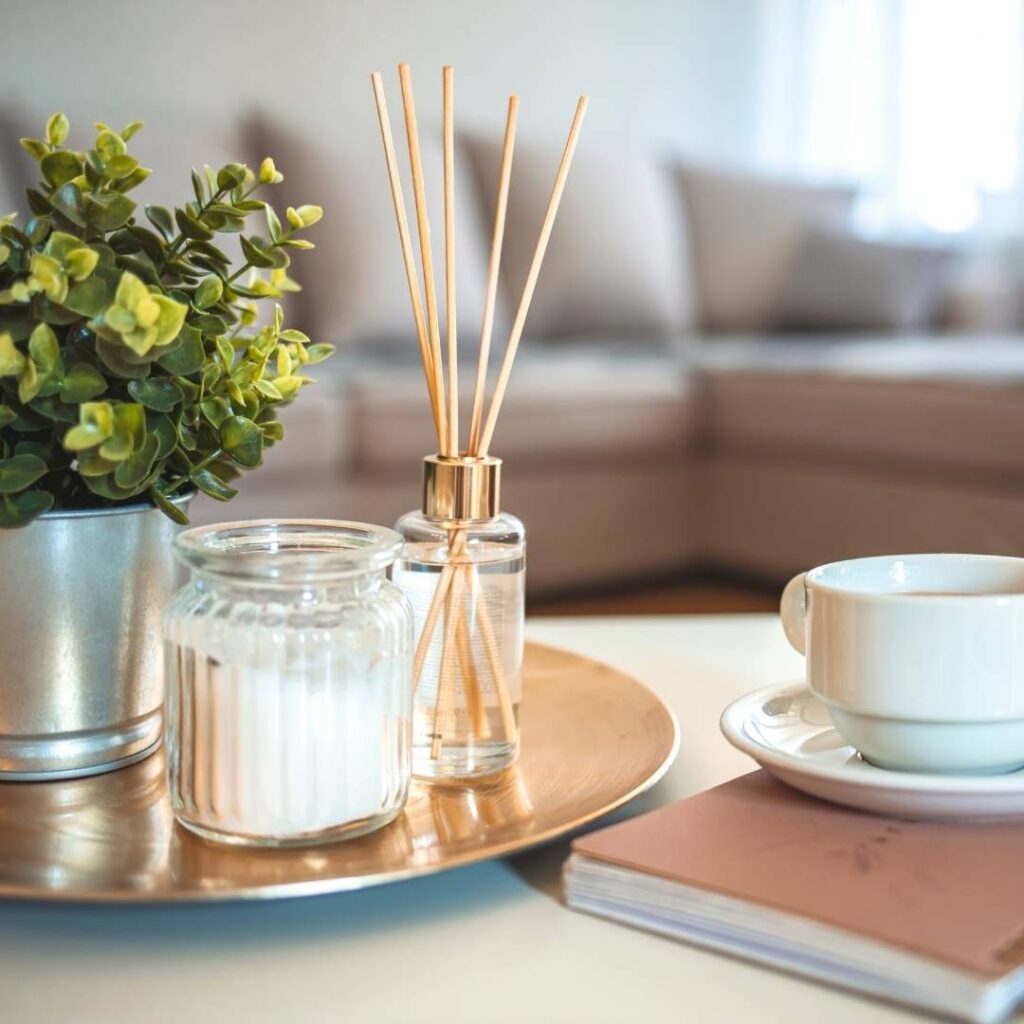

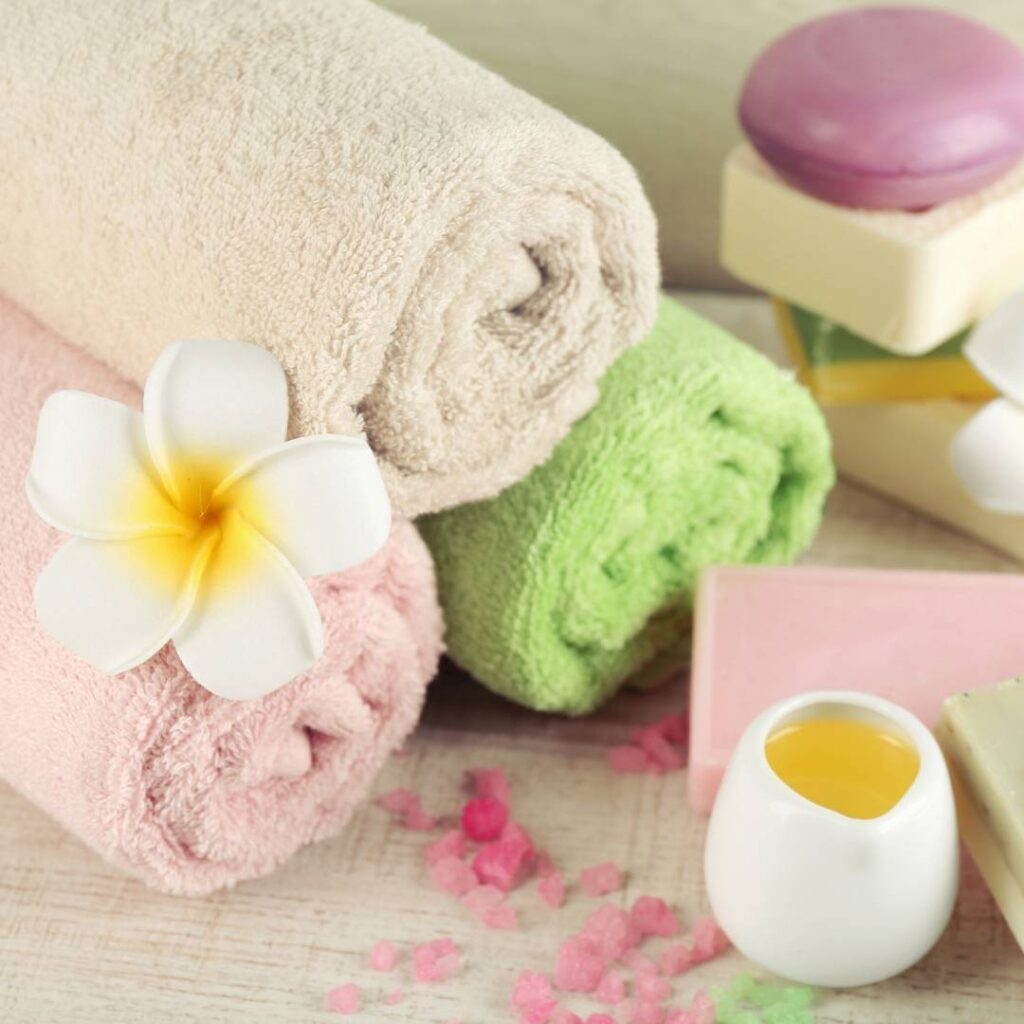


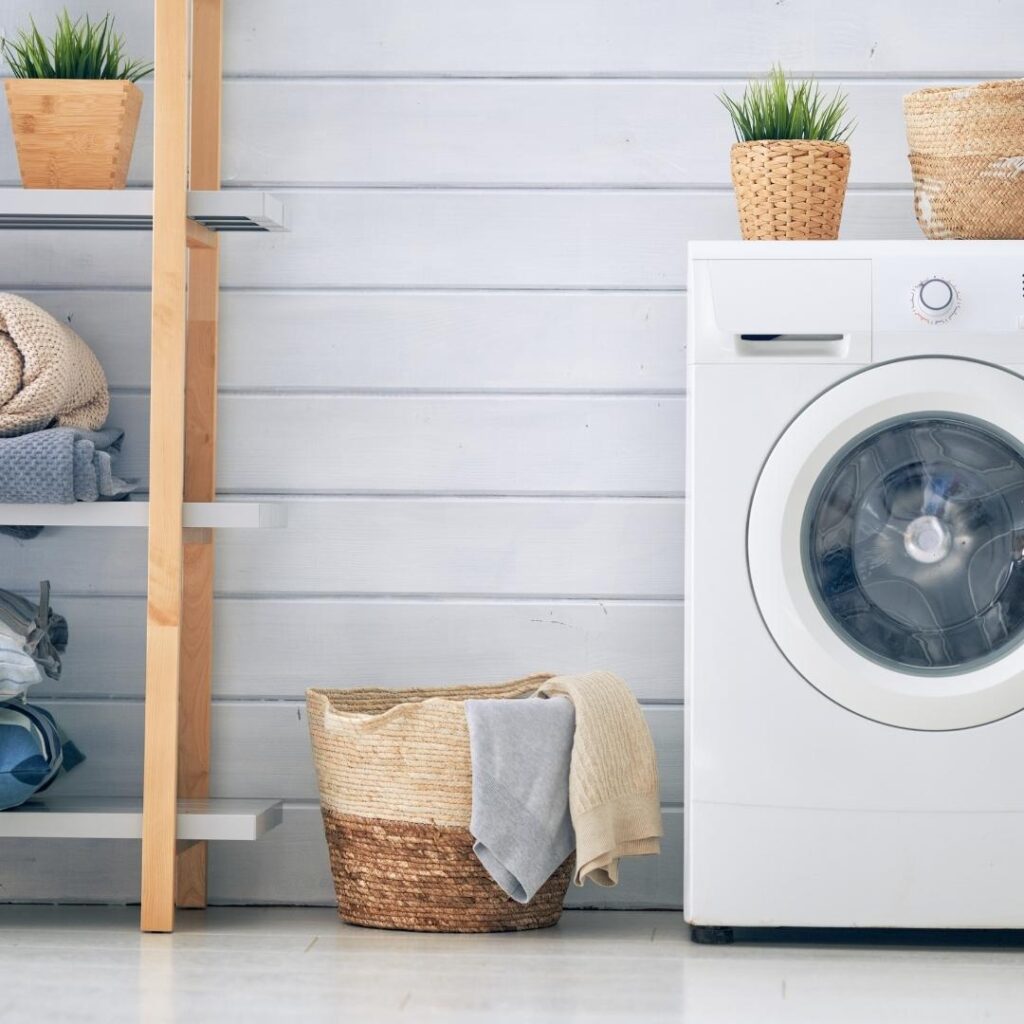
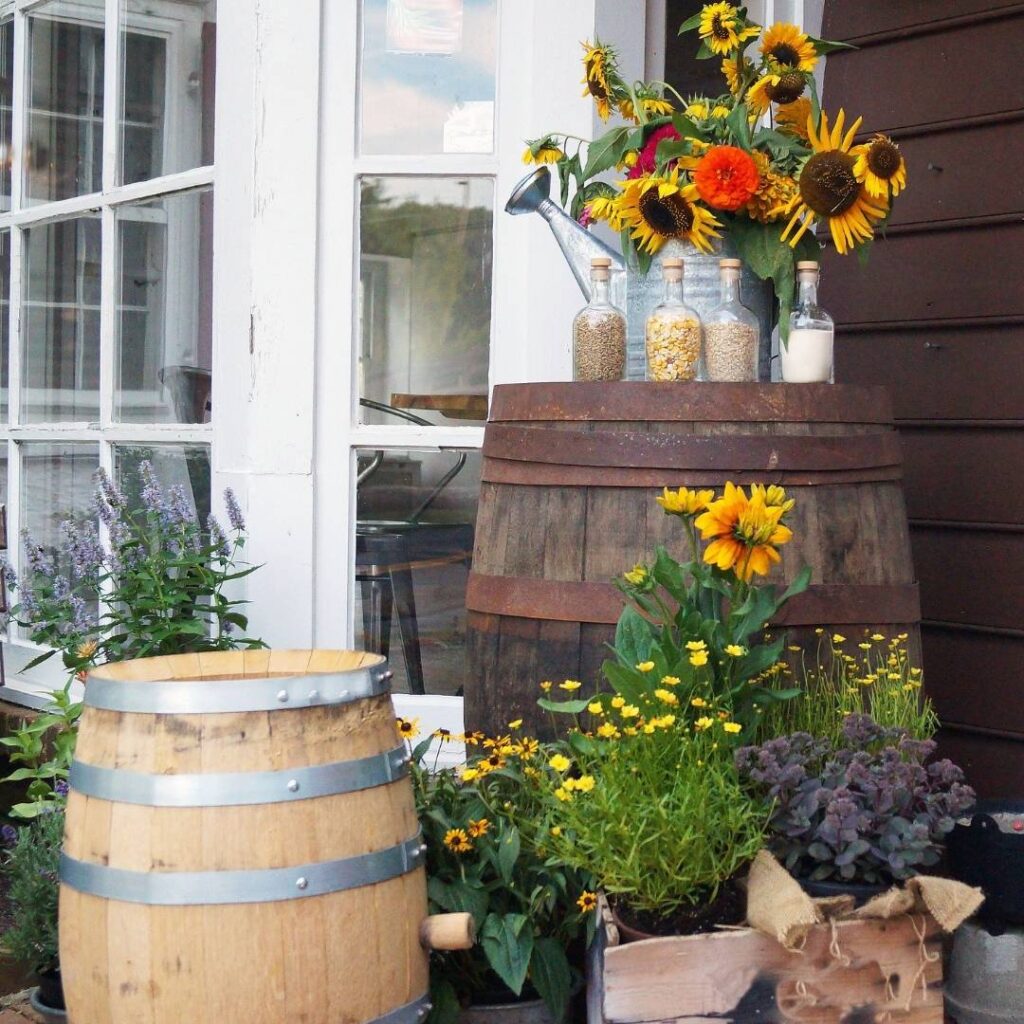
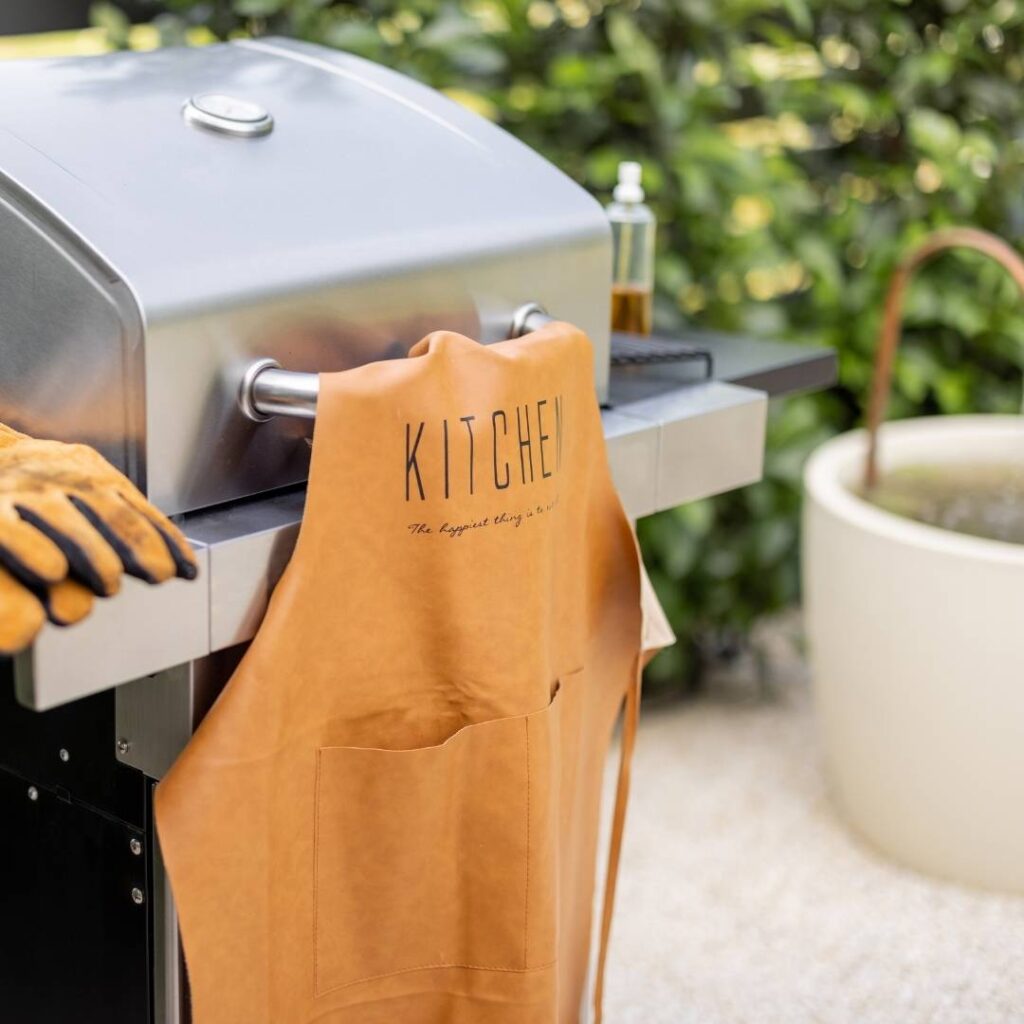
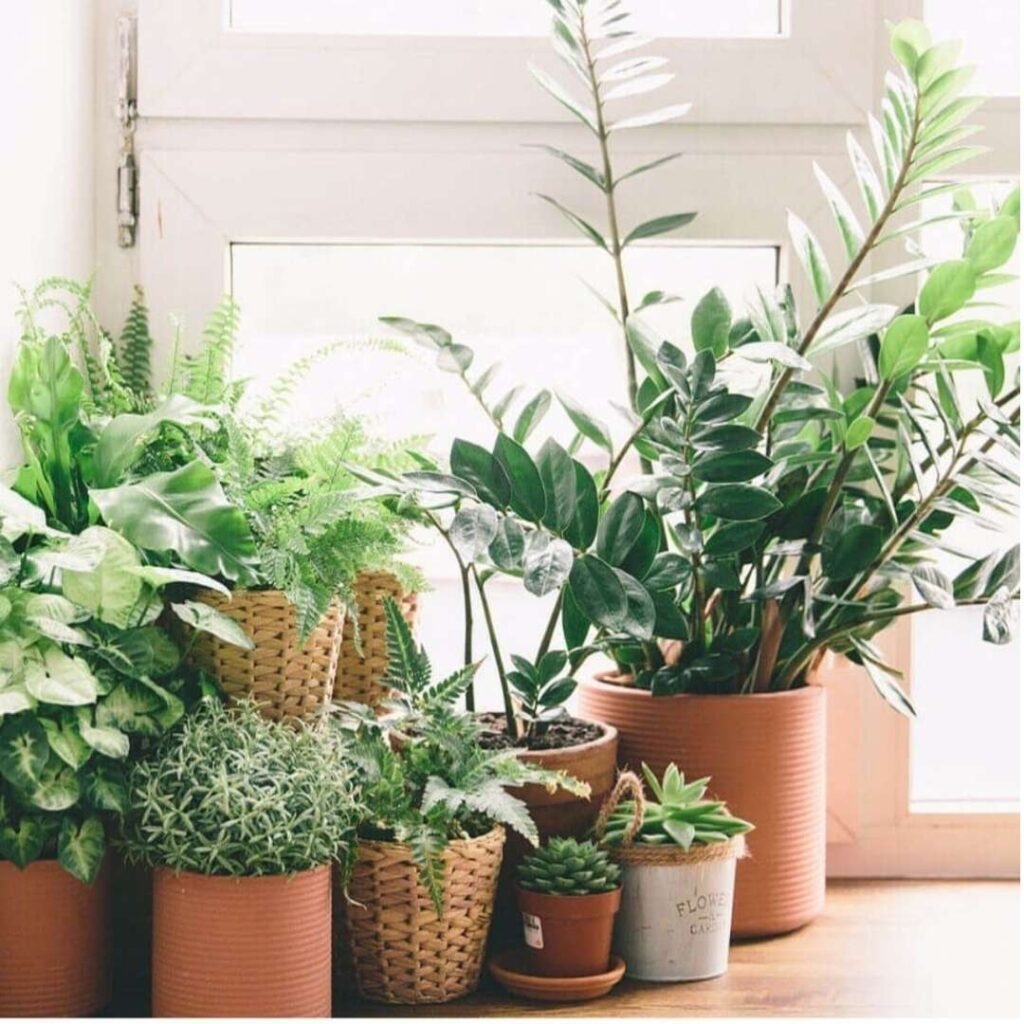


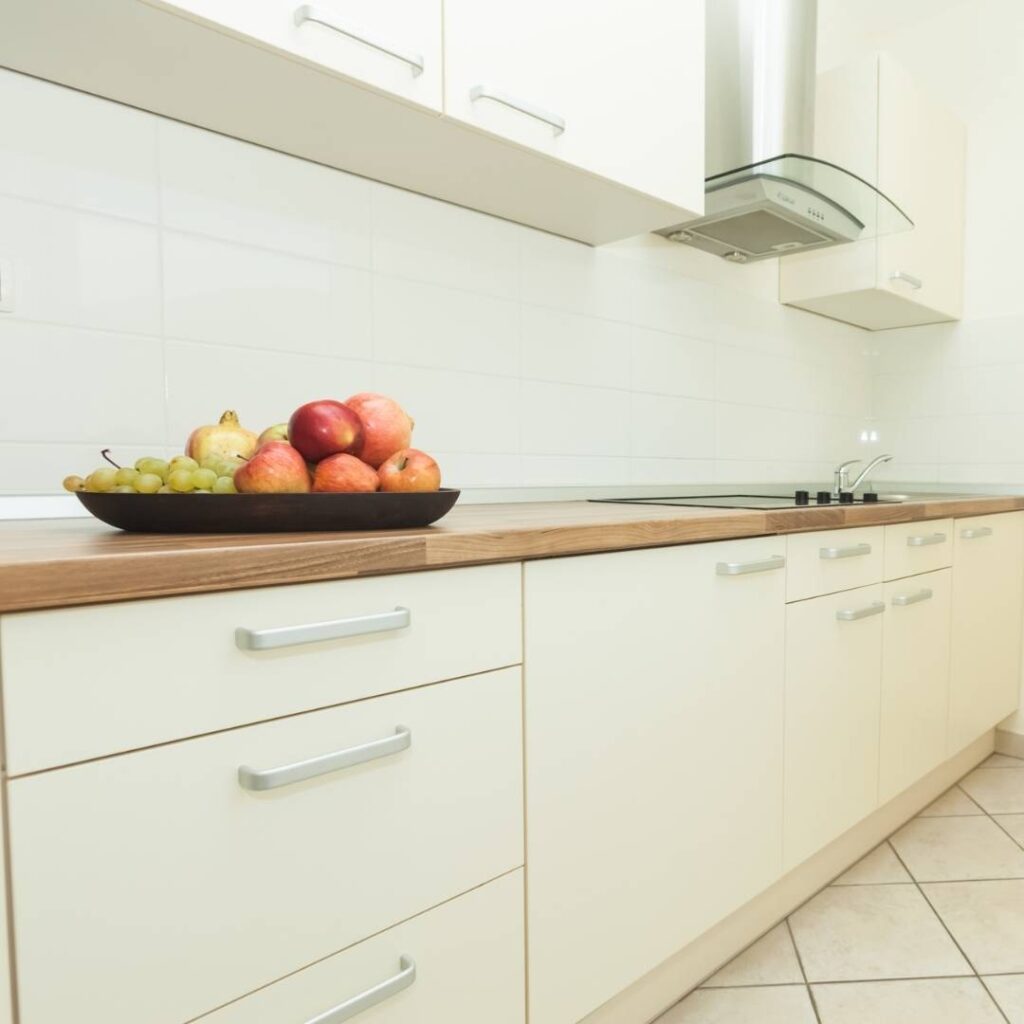


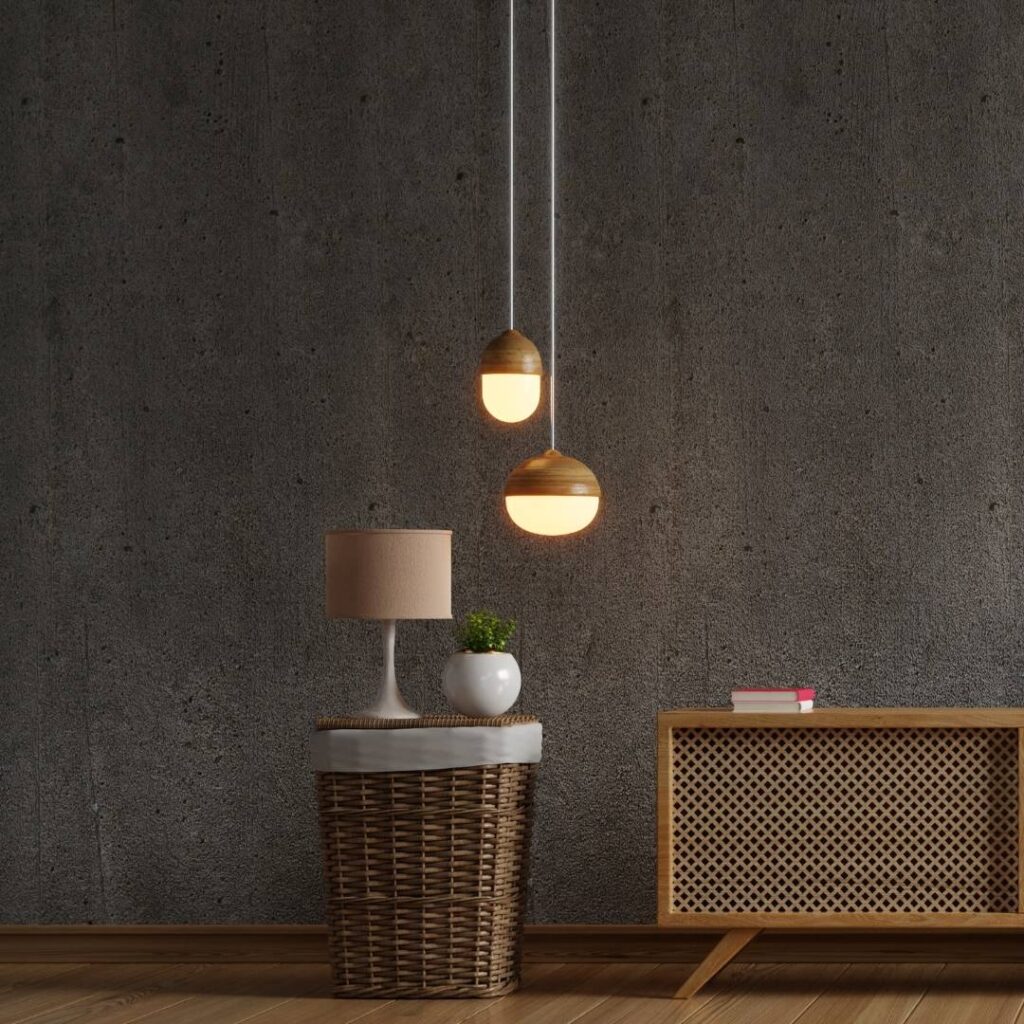






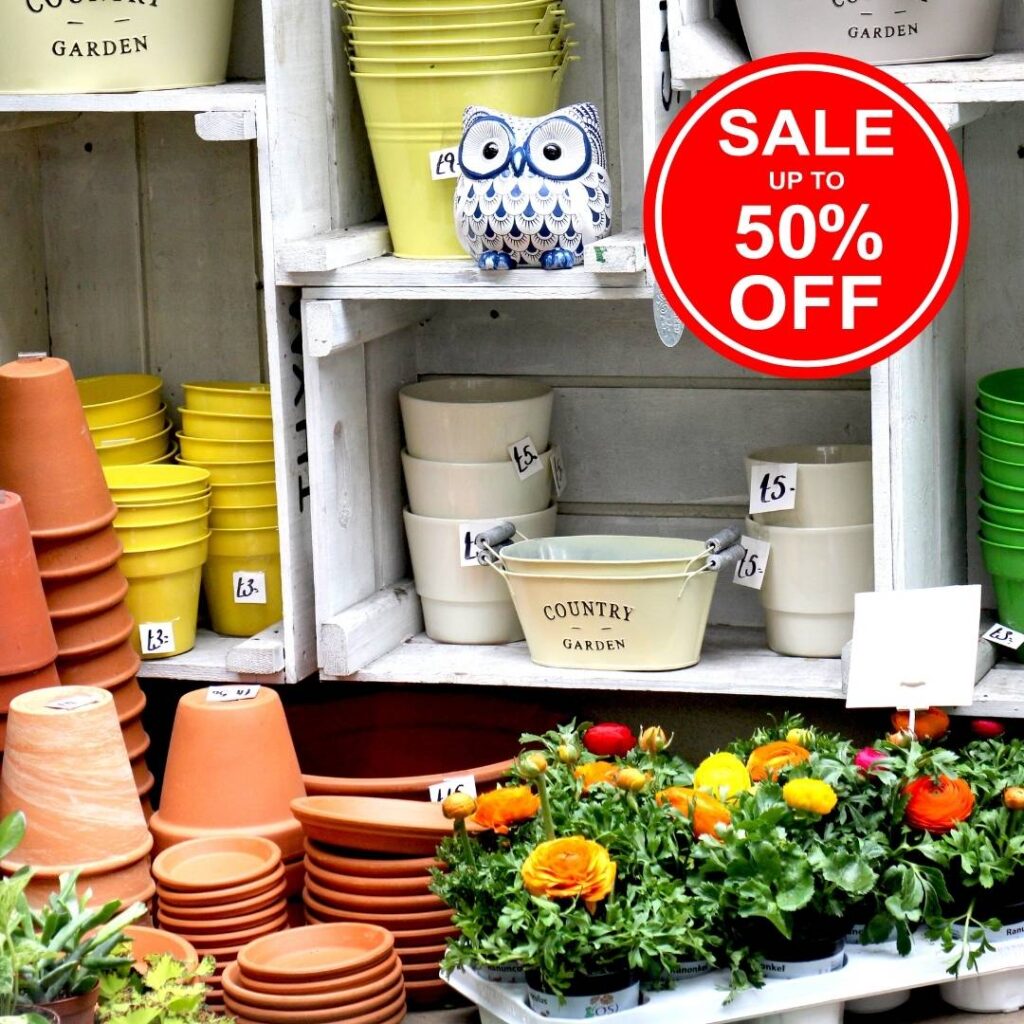

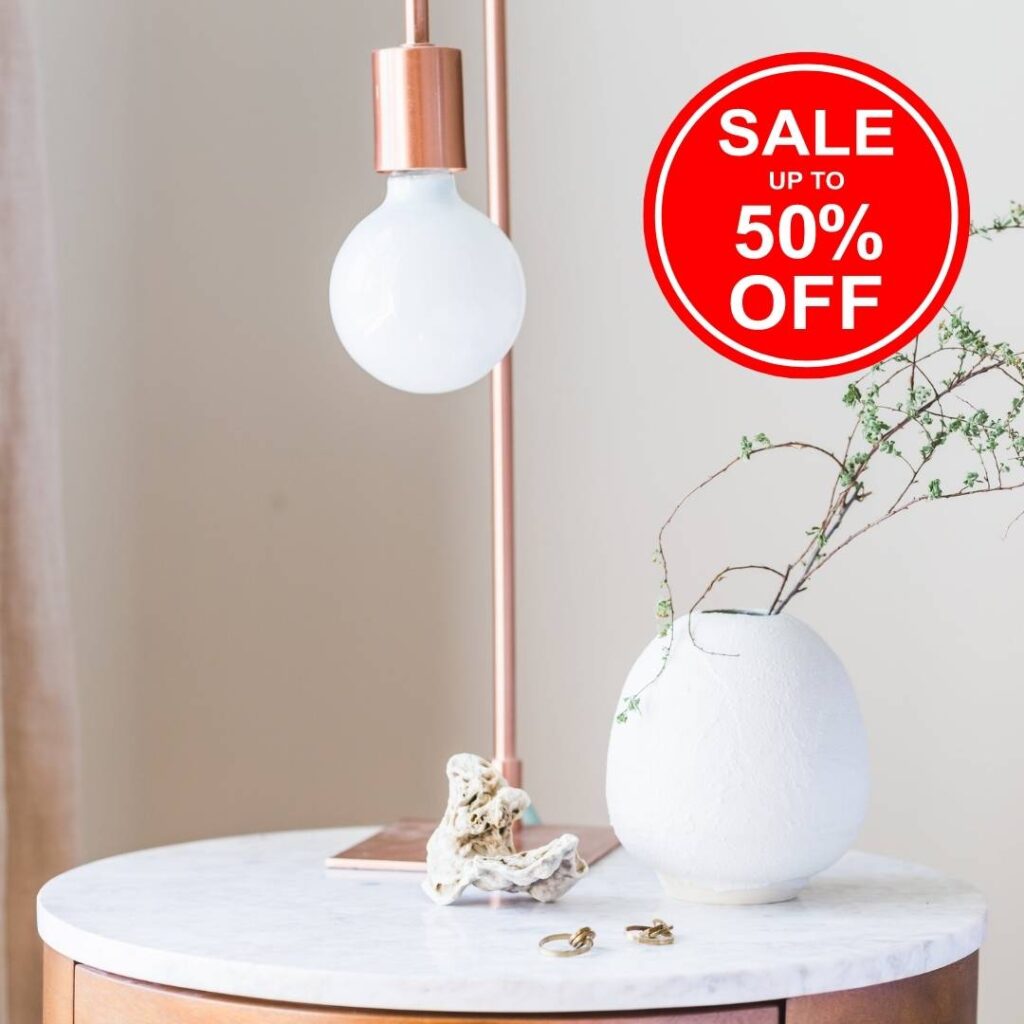
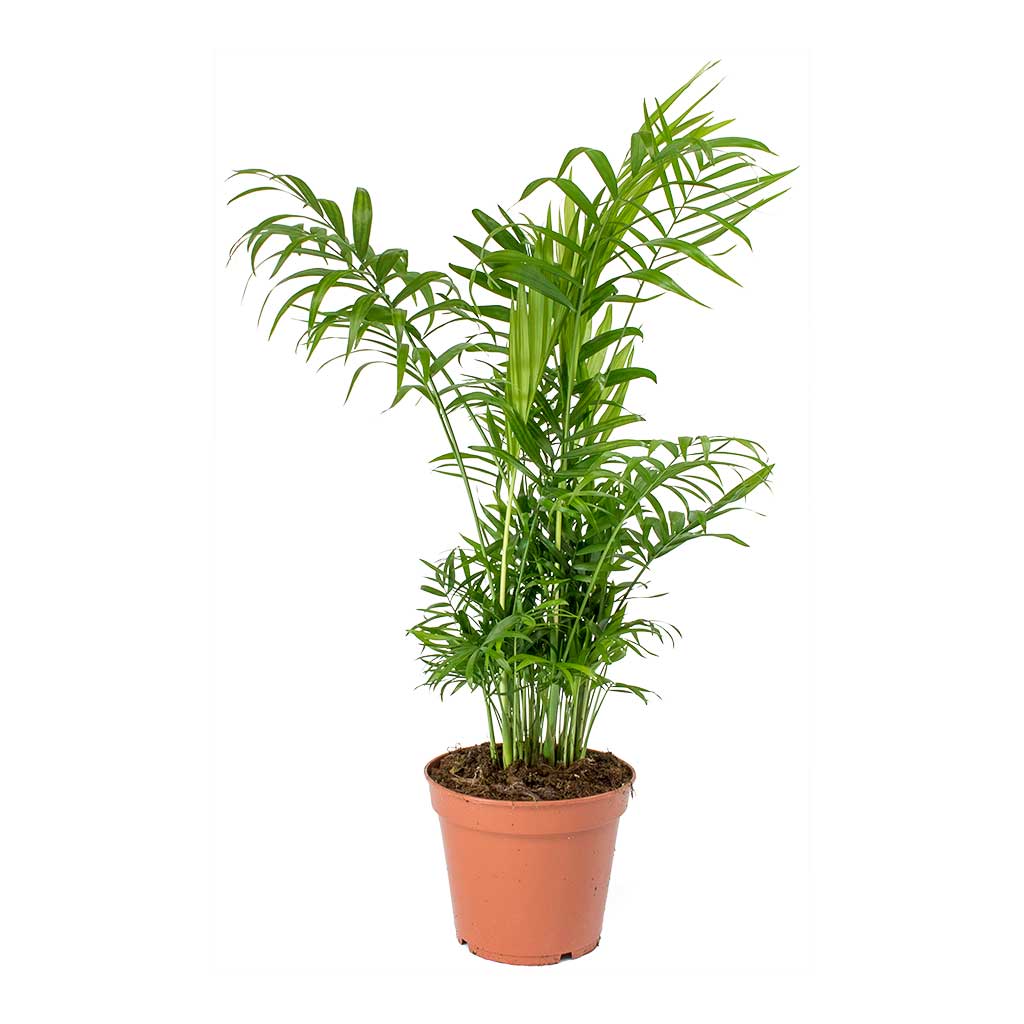

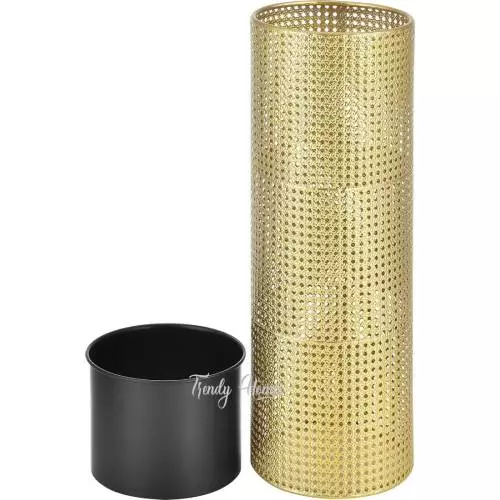

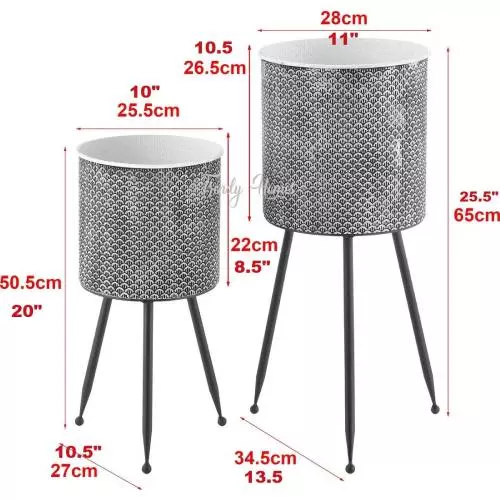

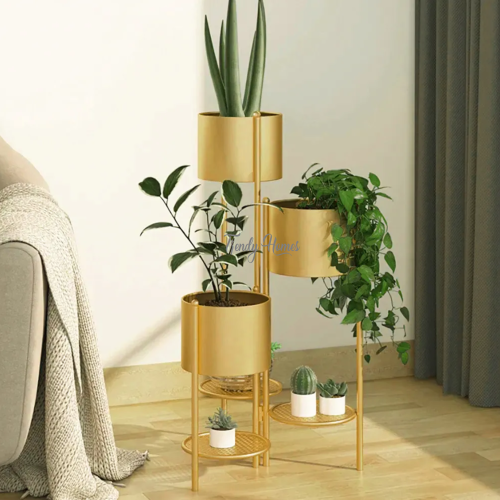
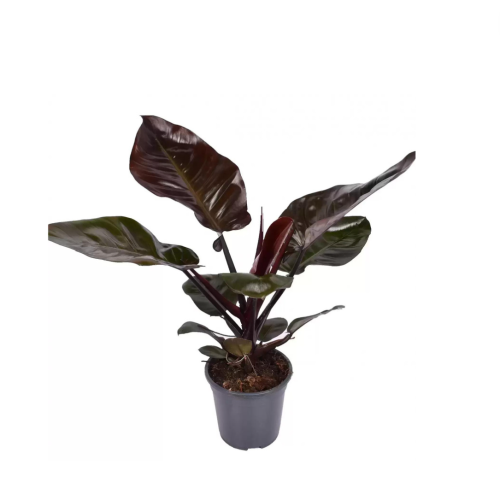
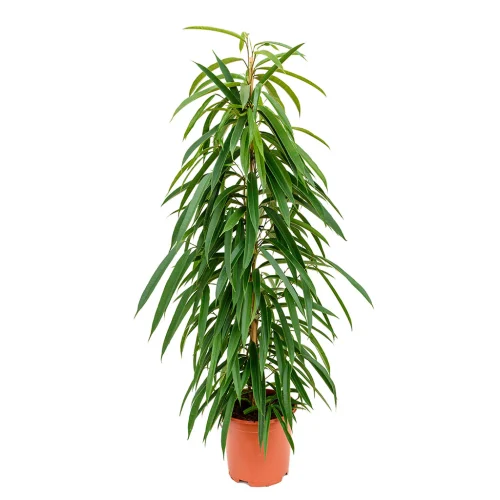
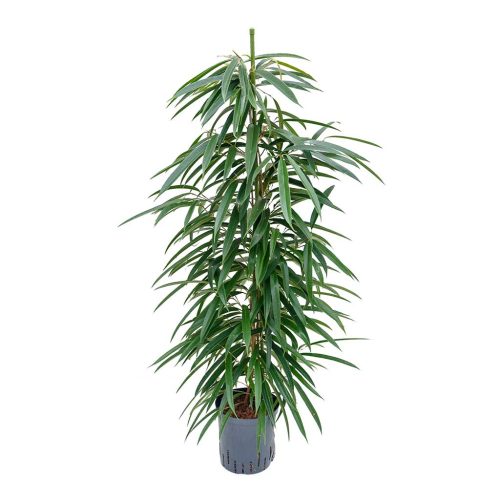
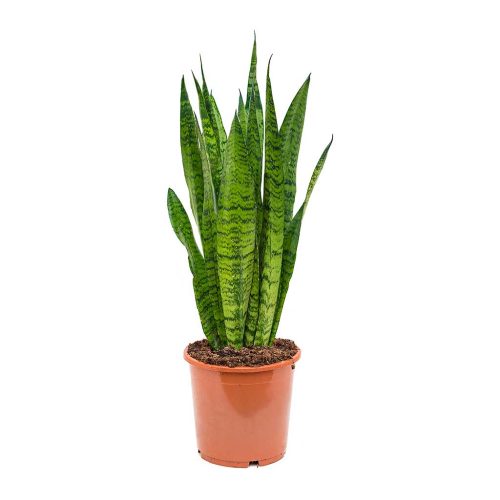
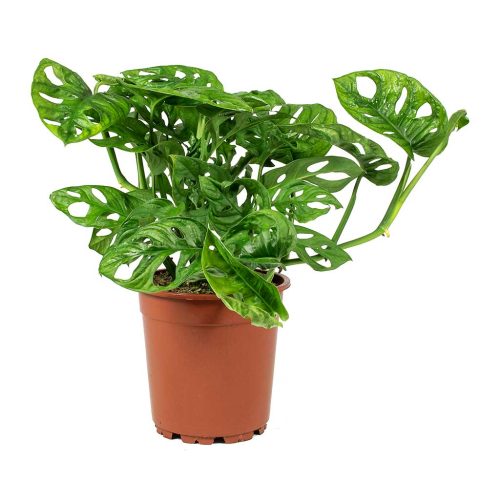
Reviews
There are no reviews yet.